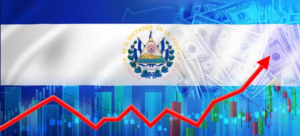Oil prices recorded a significant rebound on wednesday due to the increase in tension between Israel and Iran, which has set off alarms in international markets for possible supply disruptions. Crude oil futures rose by 2.9 %, reaching US$73.90 per barrel, marking their highest level since the end of january. This rise is already beginning to be felt in gasoline prices.

According to data from the American Automobile Association (AAA), the average price of regular gasoline rose three cents to US$3.17 per gallon. Although this increase may seem moderate, it represents a clear sign of the influence that geopolitical conflicts in the Middle East may have on consumers’ wallets.
The main concern centers on the Strait of Hormuz, a strategic route through which a significant part of the oil exported worldwide transits. Any disruption to this route due to the conflict could have immediate consequences on the global supply of crude oil, fueling speculation and pushing prices up.

The Middle East concentrates nearly half of the planet’s oil reserves, and the recent escalation of war between Israel and Iran has intensified the nervousness of the markets. The recent attacks, described as unprecedented by international experts, could pose a major threat to global energy stability.
Although oil and gasoline prices remain below the highs reached in 2023, analysts warn that further escalation of the conflict could generate additional increases. Meanwhile, consumers and governments around the world are watching closely as this geopolitical crisis, which is already beginning to have tangible economic repercussions, unfolds.








